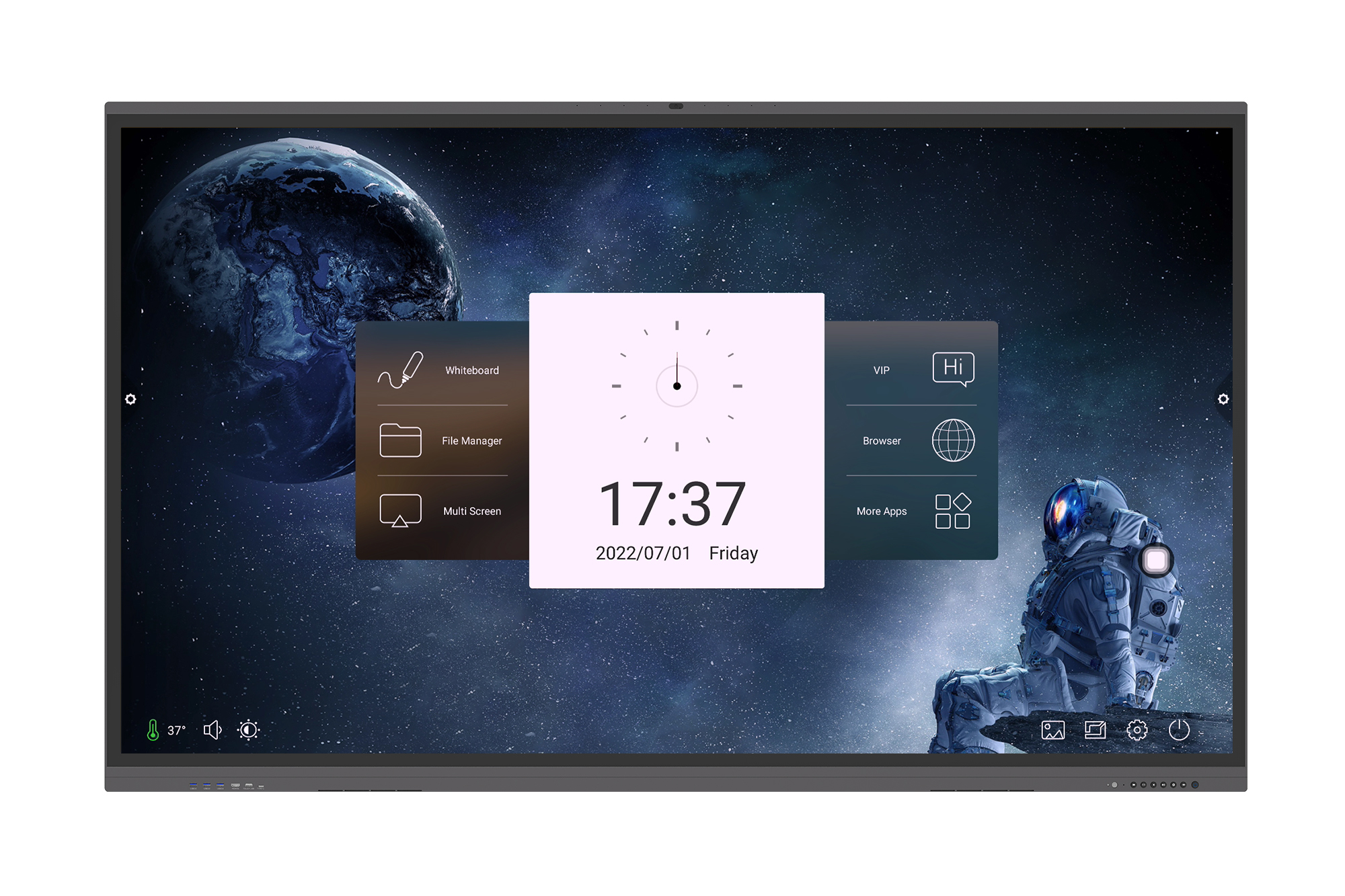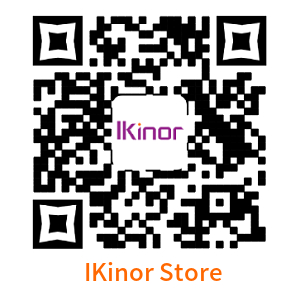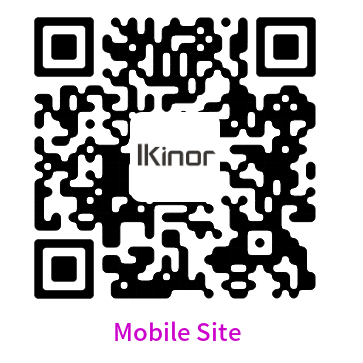With the ever-evolving world of technology, it’s no surprise that interactive touch screens have become a common sight in many businesses. But what exactly are they? In this article, we’ll look into the different types of interactive touch screens, their advantages and disadvantages, and how they can be used to make tasks more efficient. Read on as we explore the world of interactive touch screens!
Types of Interactive Touch Screens
There are four types of interactive touch screens: surface wave, projected capacitive, resistive, and infrared. Surface wave touch screens are made of glass that has been coated with a transparent conductor. When an electrical field is applied to the screen, it causes the screen to vibrate. These vibrations are detected by sensors around the edges of the screen. Projected capacitive touch screens have a layer of conductive material on the surface of the screen. This material is used to create an electrical field. When your finger touches the screen, it disrupts this field and the touchscreen can detect where your finger is touching. Resistive touch screens have a thin layer of resistive material on top of the glass. This material is used to create electrical resistance. When you press down on the screen, it completes an electrical circuit and the touchscreen can detect where you touched it. Infrared touch screens have an array of infrared light-emitting diodes around the edges of the screen. These diodes emit infrared light that reflects off your finger and back to the diodes. The touchscreen can then detect where your finger is touching based on which diode has the strongest signal.
Benefits of Using an Interactive Touch Screen
There are many benefits of using an interactive touchscreen. They are very user-friendly and can be used by people of all ages and abilities. They are also very versatile and can be used for a variety of purposes.
-Educational purposes: Touchscreens can be used in educational settings to help students learn. They can be used to provide information and visuals, as well as to allow students to interact with content in a more engaging way.
-Business purposes: Interactive screens for business help employees be more productive. They can be used for a variety of tasks, such as customer service, data entry, and order processing.
-Entertainment purposes: Touchscreens can also be used for entertainment purposes. They can be used to play games, access music and videos, and surf the internet.
Conclusion
Interactive touch screens are becoming increasingly popular in a wide range of industries, from retail to education. If you want to start your business with interactive touch screens, why not choose Ikinor as your partner? As a professional company, we have offered many solutions for clients around the world. Start your journey with Ikinor!



